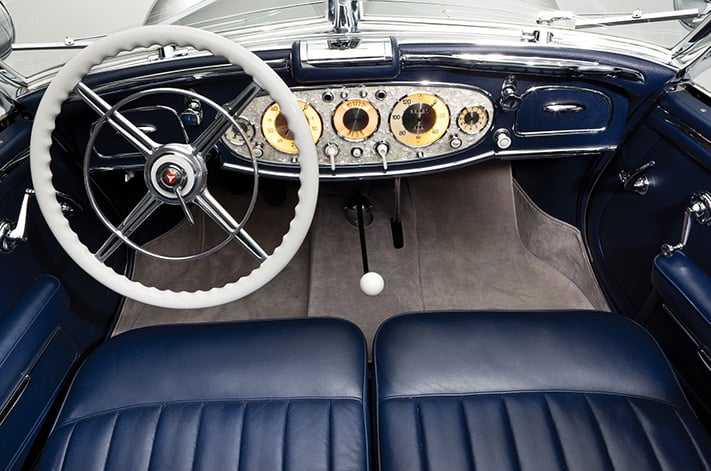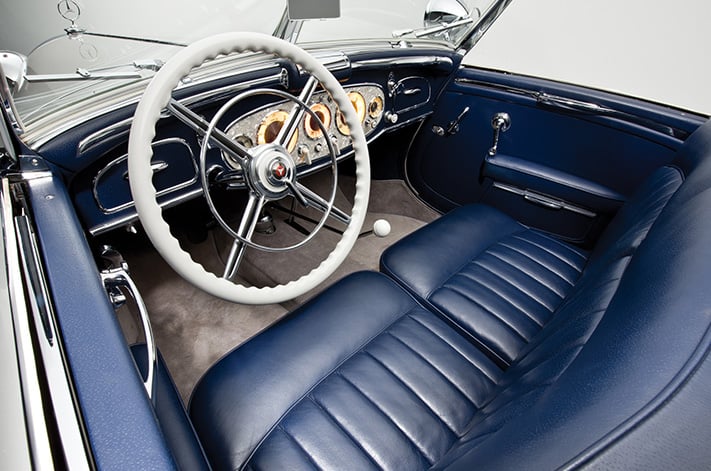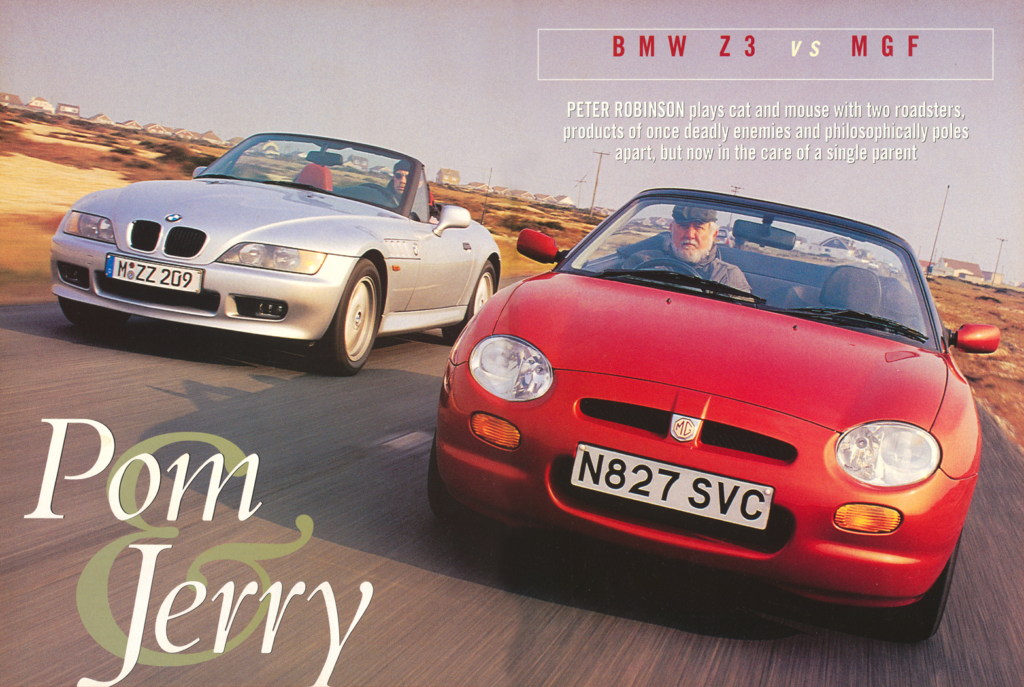THE MOST expensive Mercedes-Benz model you can buy right now is the S65 AMG Cabriolet, an imposingly sized, drop-top grand tourer with a force-fed engine and opulent interior.
First published in the June 2017 issue of Wheels Magazine, Australia’s most experienced and most trusted car magazine since 1953.
Few rivals can match its combination of elegance, aggression, grace and pace.
Rewind a mere 80 years and you’d be describing another Mercedes-Benz, the 540K, in its four-seater cabriolet or even more exclusive Special Roadster guise.

About half the 40 SSKs built were delivered as racing cars; the remainder would signal a growing market for exclusive sports-touring road models. These began to take shape in the 380 (1932) that introduced a 3.8-litre, straight-eight OHV engine – many fitted with a kompressor (supercharger) – and the company’s first all-independent suspension.

It had everything: colossal size (at 5.3m long), imposing power (135kW being spectacular stuff in a production model), yet achingly elegant lines. Even among those Germans who couldn’t afford it – which was all but a few hundred of them – the 540K was symbolic of a nation whose miraculous economic recovery from WW1 rode, to a considerable extent, on the investment in its autobahns, its automotive industry and its engineering superiority in general. To this day, it is regarded as one of the most beautiful cars of all time.

Chassis Works
The ladder-type steel chassis was penned by Merc motorsport engineer Hans Gustav Röhr and used weight-saving oval-section tubing. The 3250mm wheelbase aided ride quality, as did all-independent coil-spring suspension, via parallel wishbones up front and rear swing-axles, tamed by camber-compensator springs. Hydraulically assisted drums helped haul up the 2700kg hulk.

The straight-eight, OHV, twin-carburetted 540K displaced 5401cc, with a Roots-type supercharger engaged mechanically via the throttle pedal, its 0.5-bar delivering an additional 50kW, for peaks of 135kW and 431Nm plus a 180km/h top speed. Transmission was a four-speed manual; an optional overdrive fifth came later.

A roadster measuring more than 5.3m in overall length suggests a dedication to spoiling its two occupants, and the 540Ks thus bodied didn’t disappoint. Amid a sea of incredibly plush leather was the instrument panel backed in real mother-of-pearl, with ivory control knobs and instrument dials and lashings of deep chrome-plated steel. The white Bakelite-rimmed steering wheel even has a spark-advance lever in its hub.






